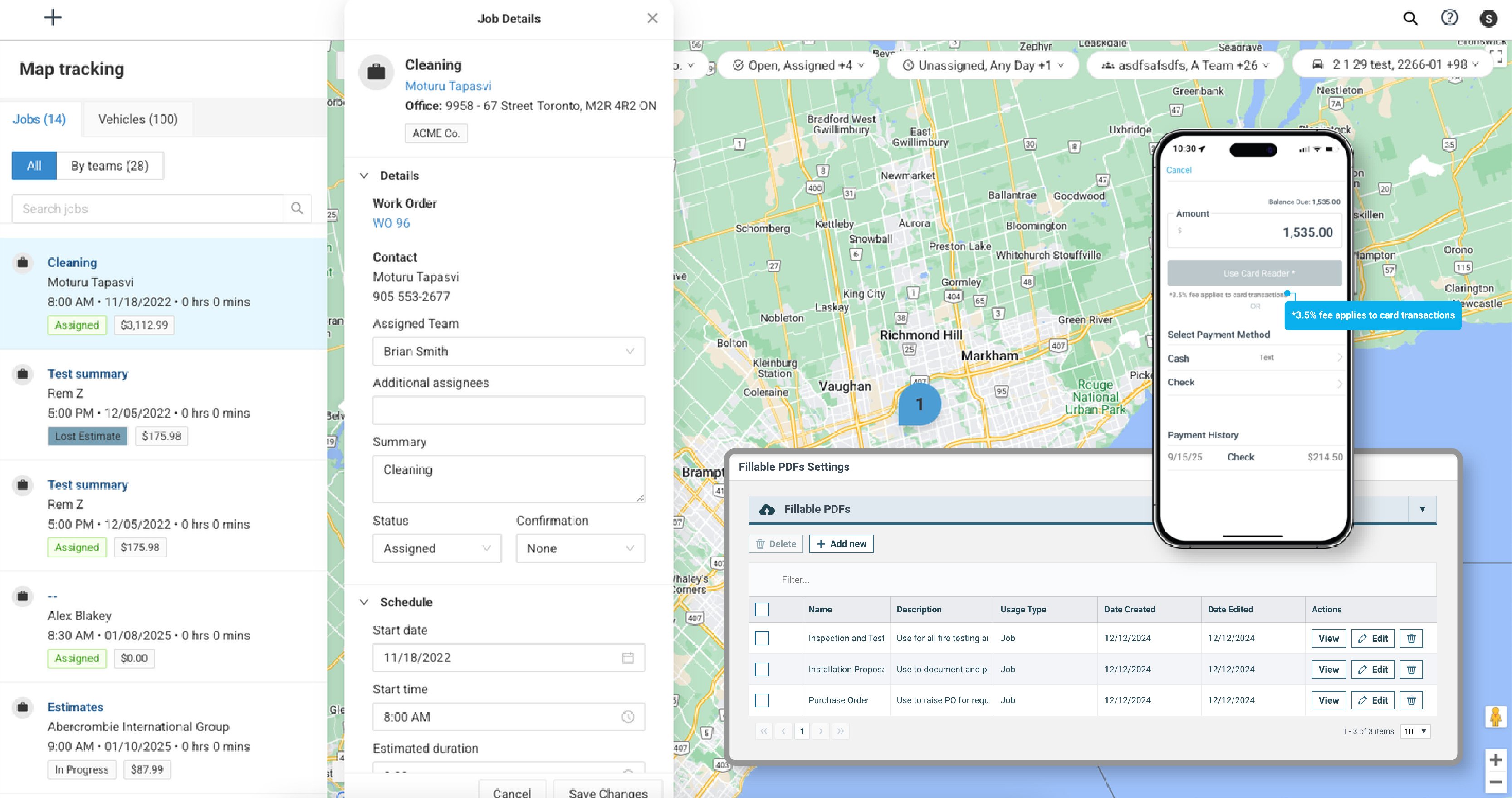What is an OBD2 GPS tracker, and how does it differ from a covert GPS tracker?
This page will answer these questions—and explain why, if your company manages fleet vehicles, you should care.

Comparing OBD2 GPS Trackers and Covert GPS Trackers
OBD2 GPS trackers (also written as OBD-II), refer to how the gps vehicle tracking devices get installed in your vehicles. Whereas other types of GPS tracking devices are mounted behind the dashboard and are hardwired to ignition, power, and ground, an OBD2 GPS tracker is a plug-and-play device installed directly into a vehicle’s onboard diagnostics port.
This distinction is important because both types of GPS vehicle trackers have unique advantages, and you’ll need to understand these differences to select the right tracking solution for your fleet. Let’s discuss some of the main differences.
What Are the Benefits of Covert GPS Trackers? (AKA Wired Trackers)
They’re hidden and out of the way.
These hidden GPS trackers are mounted behind the dashboard, and therefore less likely to be tampered with or accidentally knocked out of position while your driver is on the road.
They can provide additional data.
Because it allows for several digital inputs, a hardwired GPS tracker can capture and send additional data that an OBD2 device might not—such as the status of your vehicle’s power take-offs (PTOs).
You can add Driver ID.
Do your drivers change vehicles on different days? Or do work crews switch off between drivers throughout the shift? With Driver ID you always know which driver is behind the wheel of your vehicles on every trip…but this capability is only available with wired tracking devices (vs. plug-and-play devices).
Covert GPS trackers work in any vehicle. They are ideal for semis, box trucks, and other commercial trucks.
What’s the Main Drawback of Covert GPS Trackers?
They are difficult to install.
Because they must connect to several of a vehicle’s subsystems, wired tracking devices typically need to be professionally installed, which can make equipping an entire fleet with these devices both costlier and a logistical challenge.
What Are the Benefits of OBD2 GPS Trackers? (AKA Plug and Play Trackers)
They’re plug-and-play.
Because OBD2 GPS trackers connect straight into the onboard diagnostics system, you can self-install these devices by plugging them into your vehicles’ OBD2 ports, which can save your fleet downtime and also save money on the cost of professional installation.
They record and deliver vehicle diagnostic data.
By connecting to the onboard diagnostics port, an OBD2 GPS tracker can provide far more than location and route data. It can also send your company real-time DTC codes, for example, and other updates on your vehicle’s health.
OBD2 GPS trackers are ideal for pickup trucks, service vans, and any light- to medium-duty vehicle.
What’s the Main Drawback of an OBD2 GPS Tracker?
They can be removed easily (even unintentionally).
On the positive side, because OBD2 GPS trackers are plug-and-play, they’re both portable and easily moved from one vehicle to another. But the downside of plugging straight into a vehicle’s onboard diagnostics port is that these GPS trackers can more easily be removed—intentionally, by a sophisticated thief who knows where to look for them, and even unintentionally, by a careless driver who knocks the device loose without even realizing it.
If you’re concerned about truck theft, though, you can purchase an inexpensive ribbon cable that allows you to tuck the OBD2 device up under the dash, which keeps it more secure and hidden.
Make sure to check out some of our highly rated reviews from satisfied customers using PTOs on Capterra or TrustPilot!





